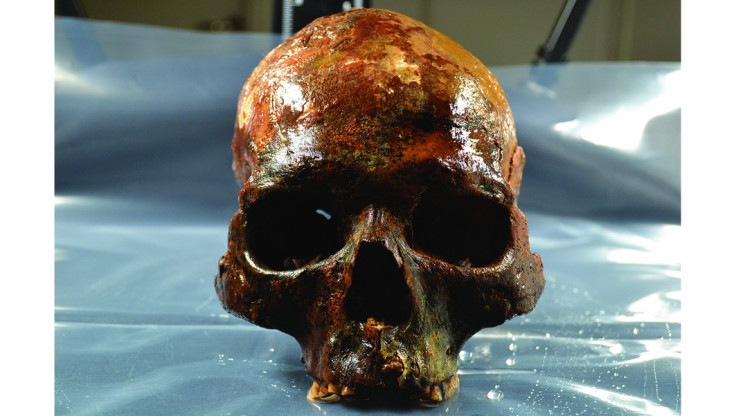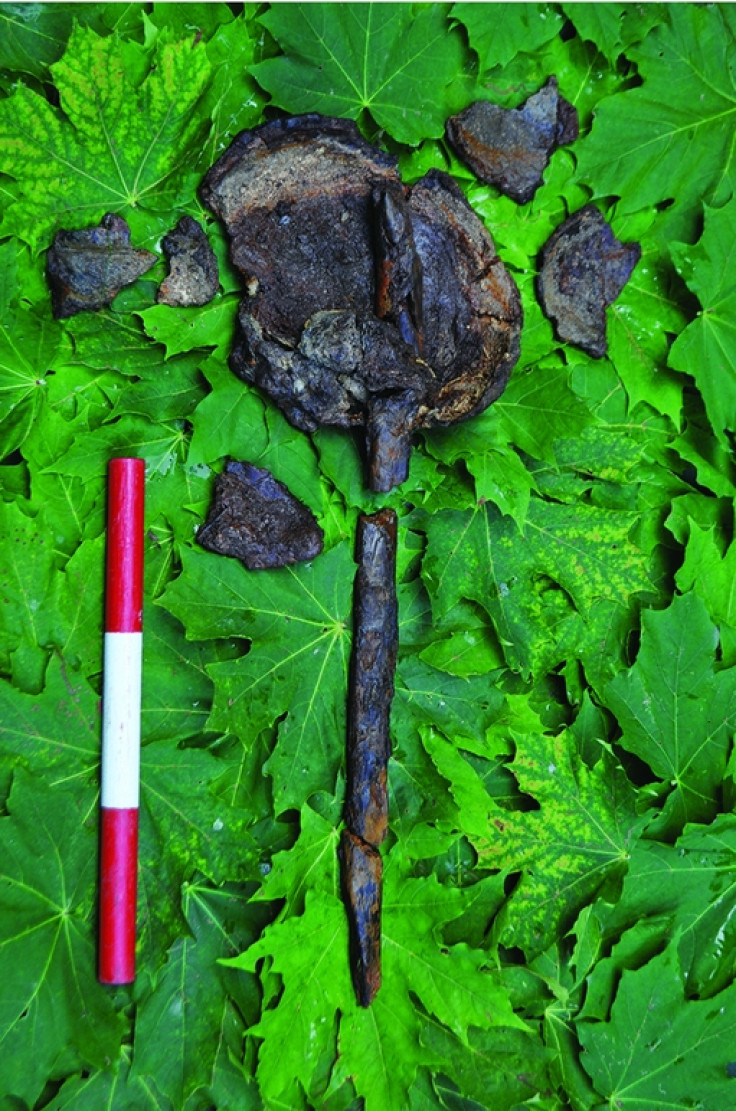The Vikings' ancestors were even more terrifying new gory discoveries suggest

KEY POINTS
- Recently discovered remains give valuable insight to life in Mesolithic Europe.
- Evidence shows the hunter-gatherers suffered repeated blunt force trauma to head.
Vikings have a reputation for extreme violence but their pre-historic Scandinavian ancestors may have been even worse, archaeological evidence suggests.
Researchers examining a grave found beneath a Swedish lake have given us a glimpse into the brutal reality of life in Mesolithic Europe. Remains of smashed skulls found at that site show evidence of repeated blunt force trauma, including two that appear to have been mounted on wooden stakes.
The study - recently published in Antiquity by archaeologists Sara Gummesson, FredrikHallgren and Anna Kjellström - examined the skulls of nine adults and one infant discovered on a tightly-packed bed of rocks in Kanaljordan, southeastern Sweden.
The rocks appear to form the base of a human-made structure, likely used as a burial plot or site for rituals, left remarkably untouched by typical erosive forces.
The grave also featured 14 animal elements from seven different species among the human remains, including wild boar and brown bear. Carbon dating suggests they are from 6,000-5,500 BC.
Scientific examination of the bones show each individual appears to have suffered violent deaths, exhibiting "blunt force trauma patterns differentiated by sex that were probably the result of interpersonal violence."

At least two of the skulls appear to have been mounted on stakes as a possible ritual or warning to other groups. Of the remains, at least two were identified as female and four as male but forensics could not ascertain the sex of others.
There also appears to be a marked difference in the injuries sustained by men and women, with male skulls exhibiting more wounds towards the forehead and face and are consistent with injuries sustained in combat.
"We have recognised a sex-related, non-random, trauma pattern, where non-lethal forces were directed to the back of the head of women and to the top of the head of men.
"The incidence of trauma at Kanaljorden is high, as the majority of the crania exhibited healed blunt force trauma. The injuries affected both sexes; two females exhibited multiple traumas directed towards the back of the head and the right side", the report says.
"There are many possible explanations for the trauma patterns: accidents, interpersonal violence, forced abduction, spousal abuse, socially regulated non-lethal violence, or warfare."
Violence between opposing groups, not slavery which was uncommon in the period, is the most likely cause of death: "One alternative would be to view the trauma as an outcome of inter-group violence; for example, raiding and warfare—both common occurrences among hunter-gatherers."
However they stress that the "cause of death cannot be identified for any of the individuals."
The team say further investigation is needed to draw accurate conclusions should more remains be uncovered, hopefully unlocking our understanding our understanding of these societies.







